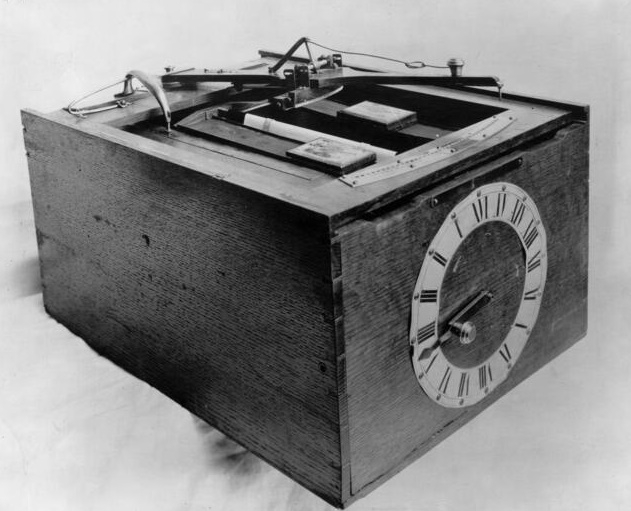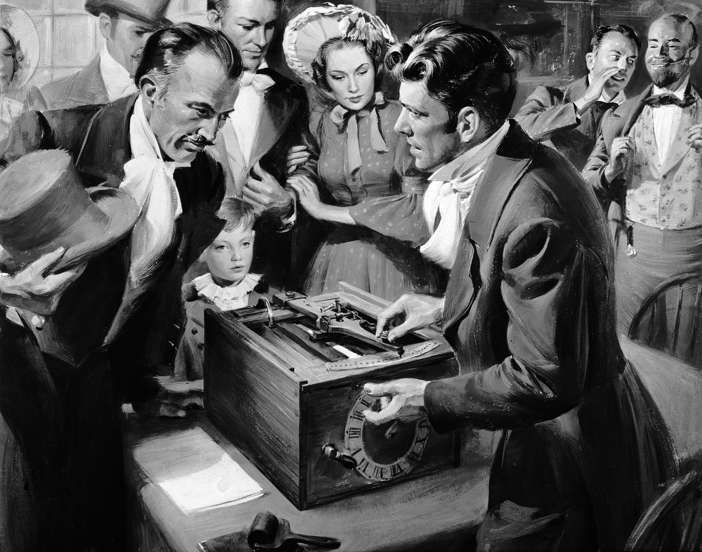Typewriter
A mechanical or electromechanical keyboarding device is referred to as a typewriter. A typewriter typically contains a variety of keys, and by pressing each key deliberately against the paper with a type element, a different single character is formed on the paper. A typewriter user was also referred to as a "typewriter" at the end of the nineteenth century.
Even though the first commercial typewriters were released in 1874, offices did not start using them often until the middle of the 1880s. With the exception of personal handwritten correspondence, the typewriter swiftly became a necessary instrument for almost all writing. It was frequently used by freelance writers, in workplaces, for business correspondence in residences, and by students composing essays.
Up until the 1980s, typewriters were a common sight in most offices. After that, personal computers with word processing software started to substantially replace them. However, typewriters are still widely used in various regions of the world. Due to a lack of continuous, stable energy in many Indian cities and towns, typewriters are still used, particularly on the roadway and in legal offices. Although the roots of the QWERTY keyboard layout, which was designed for typewriters in the 1870s and remains the standard for computer keyboards, whether it was developed for mechanical reasons or to suit the operator, particularly Morse code operators, are still debated.
E. Remington and Sons, IBM, Godrej, Oliver Typewriter Company, Olivetti, Royal Typewriter Company, Smith Corona, Underwood Typewriter Company, Adler Typewriter Company, and Olympia-Werke were a few notable typewriter makers.












